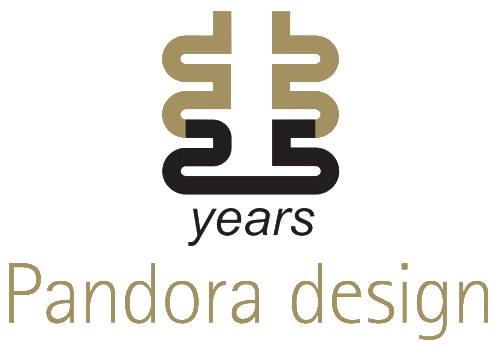SETE: a new shape for water… using the same material
Ogni anno vengono immesse sul mercato italiano più di 10 miliardi di bottiglie di plastica, tutte realizzate in PET. Di queste, solo circa il 40% viene riciclato (fonte Greeenpeace “L’insostenibile peso delle bottiglie di plastica”).
SETE è un set da bibita interamente realizzato utilizzando questo PET riciclato.
Every year more than 10 billion plastic water bottles are put on the market in Italy, each of them is made using PET. Only the 40% of those are recycled (from Greenpeace “The unbearable weight of plastic bottles”).
SETE is a drinking kit entirely made using this recycled PET (SETE in Italian means THIRST).
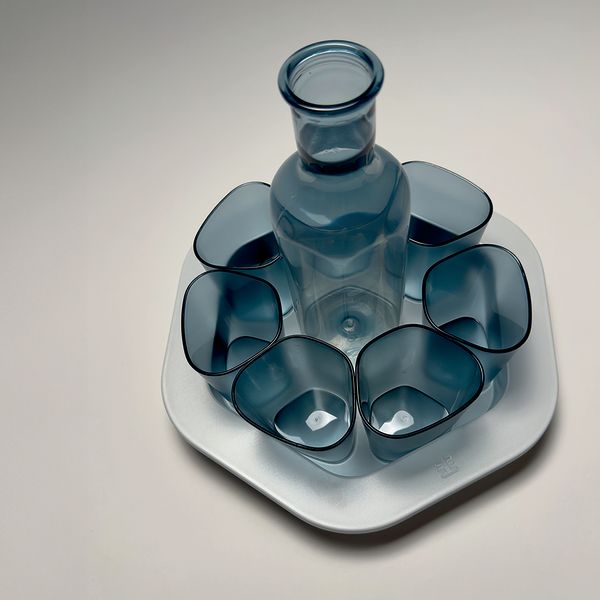
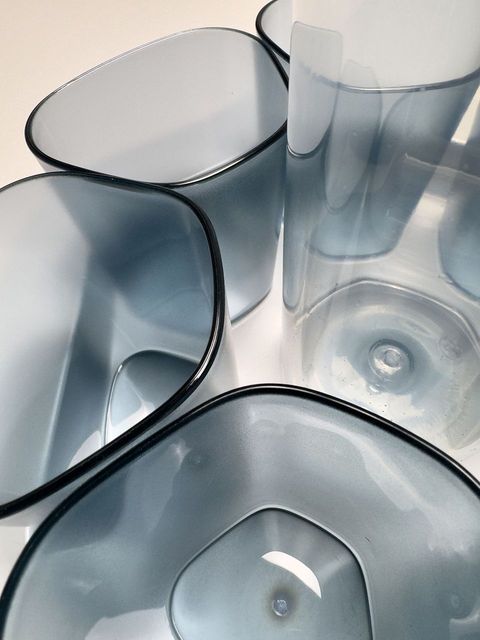
SETE È UN MANUALE VIVENTE DI RICICLO
Il vassoio di SETE è realizzato utilizzando PET proveniente dal RICICLO MECCANICO di queste bottigliette. Il riciclo meccanico è quel sistema per cui le bottiglie vengono raccolte e macinate, e la scaglia ottenuta viene lavata e trattata per renderla ri-utilizzabile. È la modalità di riciclo della plastica attualmente in uso.
SETE IS A LIVING RECYCLING MANUAL
SETE’s tray is made using PET coming from the mechanic recycle of these water bottles. The mechanic recycling process is that system by which those bottles are collected and shredded, and the fragments obtained are washed and treated to become reusable. It is the plastic recycling process used now.
Bicchieri e brocca di SETE sono invece realizzati utilizzando PET proveniente dal RICICLO CHIMICO delle bottigliette. L’idea che sta alla base di questo sistema di riciclo è: se tutte le plastiche derivano dal petrolio, perché non facciamo il percorso inverso partendo dalle varie plastiche per arrivare il più vicino possibile al petrolio? (in termini più tecnici si ambisce a riconvertire tutta la plastica nel così detto Olio di Pirolisi, dal quale ottenere i precursori dei monomeri e da lì polimeri esattamente identici a quelli originati dal petrolio) Il riciclo chimico è il futuro: è il sistema che salverà il pianeta dai 450 milioni di tonnellate di plastica che vengono prodotti ogni anno ma, ad oggi, il processo è ancora in fase di sviluppo… con qualche raro caso di successo come quello utilizzato per SETE.
SETE glasses and jug are instead made using PET coming from the CHEMICAL RECYCLING of plastic bottles. The idea behind this recycling system is: if all plastics derive from oil, why don't we do the reverse path starting from the various plastics to get as close as possible to oil? (in more technical terms the aim is to reconvert all the plastic into the so-called Pyrolysis Oil, from which to obtain the precursors of the monomers and from there polymers identical to those originating from petroleum) Chemical recycling is the future: it is the system that will save the planet from the 450 million tons of plastic that are produced every year but, to date, the process is still in the development phase... with some rare cases of success like the one used for SETE.
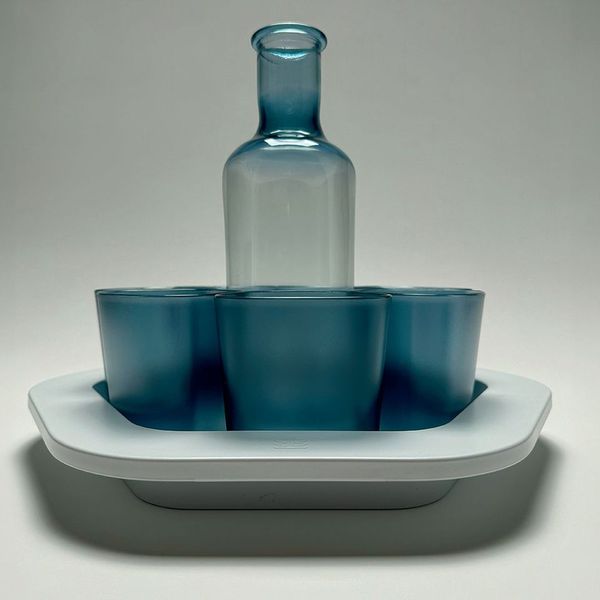
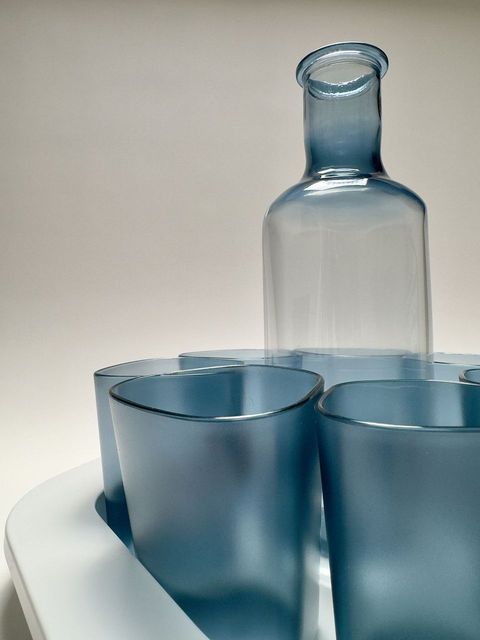
Infine, la produzione è stata realizzata seguendo un metodo di stampaggio brevettato a livello europeo (EP3747316 “injection process for the production of PET and rPET articles”). Grazie ad esso è stato possibile superare limiti tecnici propri dello stampaggio dell’rPET ed è stato reso economicamente sostenibile il re-impiego di questo materiale che, sotto forma di bottigliette, sta invadendo il mondo.
Finally, production was carried out following a moulding method patented at European level (EP3747316 “injection process for the production of PET and rPET articles”). Thanks to it, it is not just possible to overcome the technical limitations of the rPET moulding, but the use of rPET becomes economically sustainable.
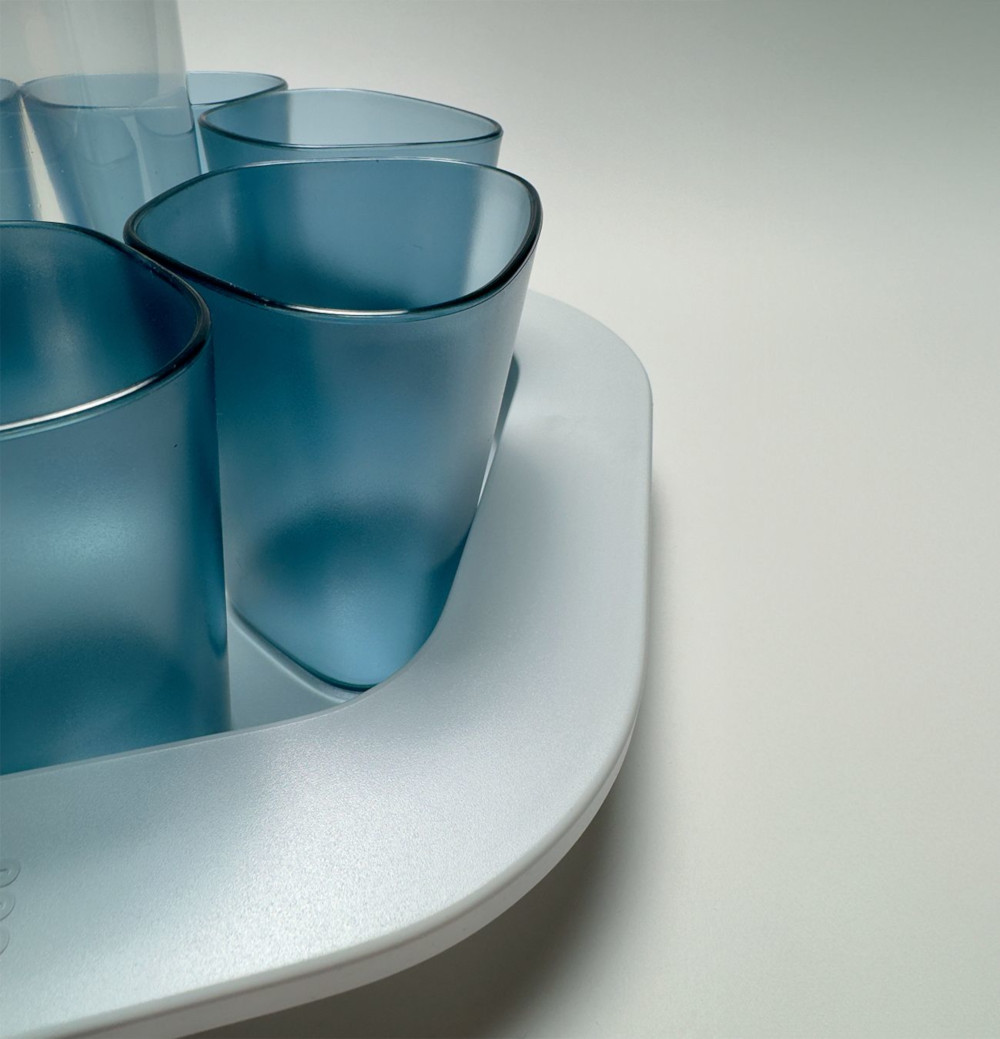
C'è un valore escatologico nel recuperare gli oggetti e nel donare loro una seconda vita. Nel mondo degli uomini e del Vangelo tutto questo si chiama conversione, redenzione. D’altronde, è proprio il Vangelo che per primo parla di recupero, riconoscendo il valore di ciò che gli uomini avevano considerato senza importanza: «La pietra scartata è diventata pietra angolare (Matteo 21: 33-43, 45-46).
Avevamo questa idea chiara, avevamo un processo brevettato e le conoscenze necessarie per lavorare con la plastica riciclata (come vedrai nella prossima sezione)... e ora?
There is an eschatological value in recovering objects and granting them a second life. In the world of men and of the Gospel, all this is called conversion, redemption. On the other hand, it is precisely the Gospel that was the first to speak of recovery, recognizing the value of what men had considered of no importance: “The discarded stone has become a cornerstone (Matthew 21:33-43, 45-46).
We had this clear idea, We had a patented process and the knowledge needed for work with recycled plastics (as you will see in the next section)… and now?
L'incontro con Giulio Iacchetti è stata una intuizione! Il concetto più importante che ci ha trasmesso è stato che il cliente non deve acquistare prodotti green perché sono fatti di plastica riciclata, per una scelta morale... il mercato dovrebbe consumarli perché gli articoli sono belli, funzionali, soddisfacenti e così via. Il fatto che siano realizzati in plastica riciclata dovrebbe essere solo una caratteristica (con la speranza che, tra qualche anno, sia una cosa ovvia).
Meeting Giulio Iacchetti was a brainwave! The most important concept he conveyed to us was that the customer shouldn’t buy green products because they are made of recycled plastic, for a moral choice... the market should consume them because the articles are beautiful, functional, satisfying and so on. The fact that they are made of recycled plastic should be just a feature (with the hope that, in a few years, it will be an obvious thing).
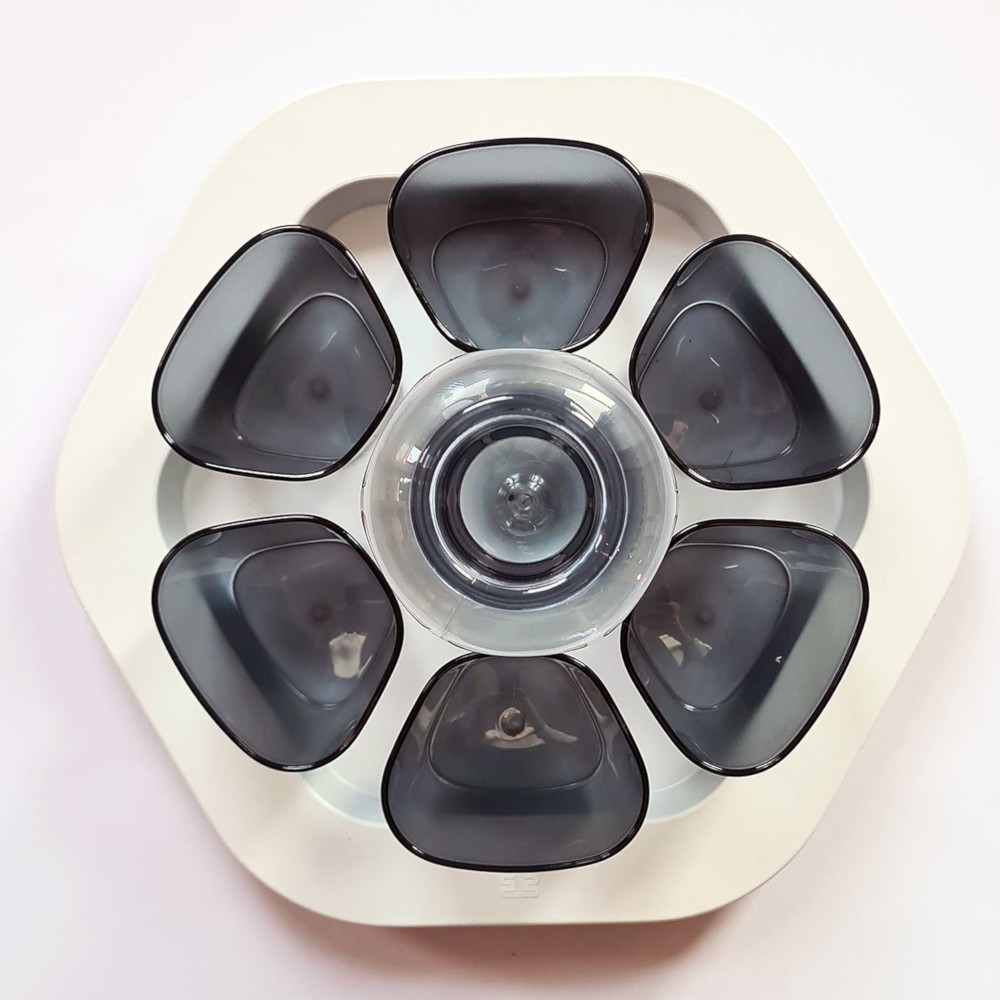
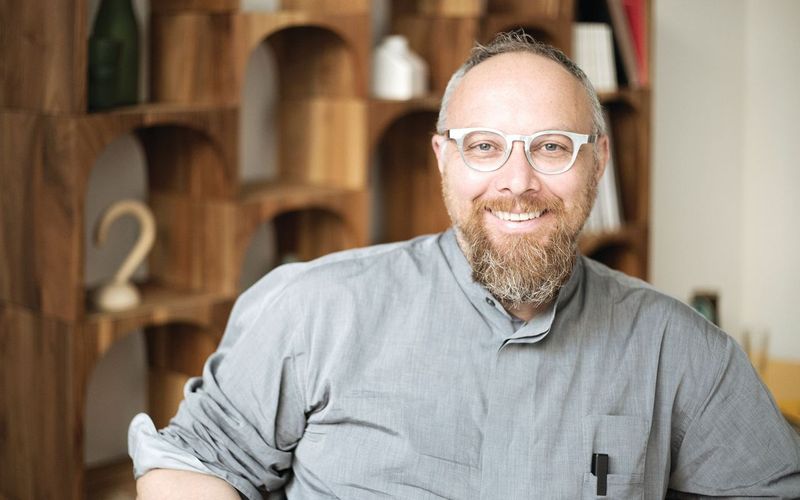

Moscardino, Pandora Design, 2001

Tombini serie "Sfera", Montini, 2014
Con sede a Milano, Giulio Iacchetti è un designer industriale dal 1992. Tra le aziende con cui collabora, Alessi, Artemide, Ceramiche Refin, Fontana Arte, Foscarini, Magis, Moleskine. È Direttore artistico di Abet Laminati e dnd Handles. Tra le caratteristiche distintive del suo lavoro, la ricerca e la definizione di nuove tipologie oggettuali. Nel maggio 2009 la Triennale di Milano ha tenuto una mostra personale dal titolo “Giulio Iacchetti. Oggetti disobbedienti”. Ha vinto due Compasso d'Oro (nel 2001 con Moscardino, cucchiaio-forchetta per Pandora design; nel 2014 con la serie di chiusini Sfera per Montini).
Based in Milan, Giulio Iacchetti is an industrial designer since 1992. Among the companies he works with, Alessi, Artemide, Ceramiche Refin, Fontana Arte, Foscarini, Magis, Moleskine. He is Artistic Director of Abet Laminati and dnd Handles. Among the distinctive characteristics of his work, the research and definition of new object typologies. In May 2009 the Triennale di Milano held a solo exhibition titled “Giulio Iacchetti. Disobedient objects”. He was awarded two Compasso d’Oro (in 2001, with Moscardino, a spoon-fork for Pandora design; in 2014, with the manhole cover series Sfera for Montini).
